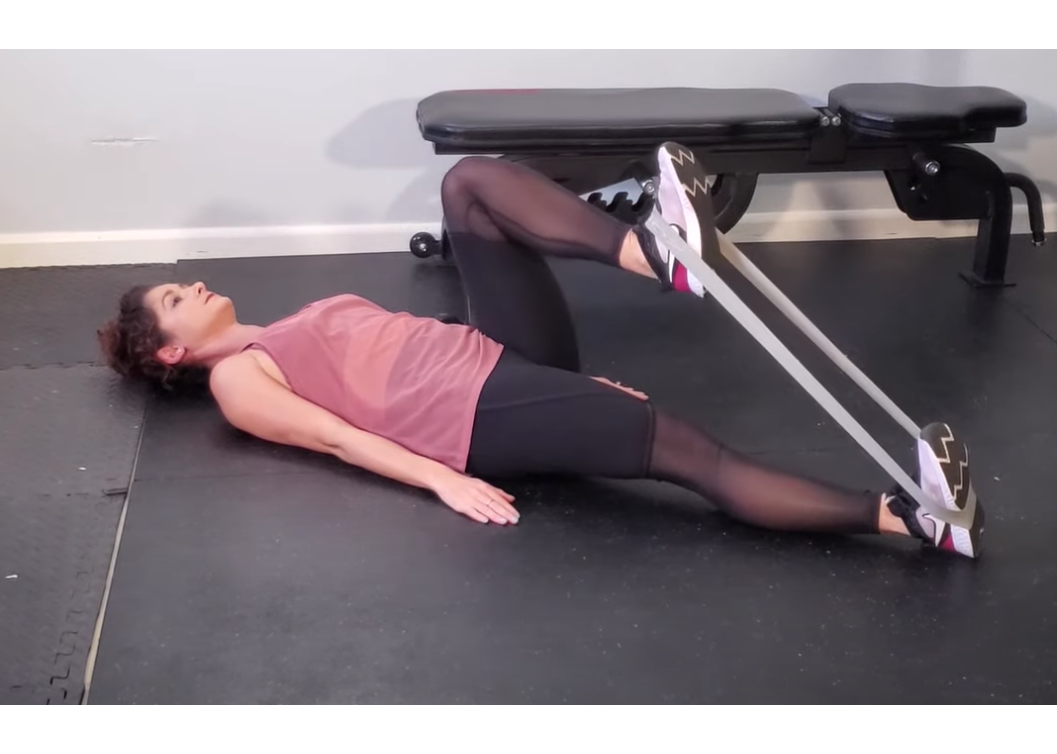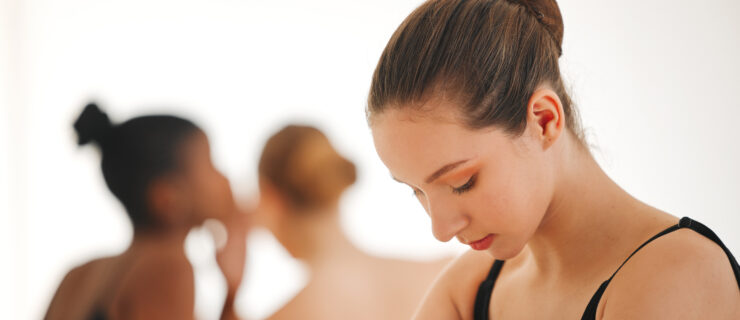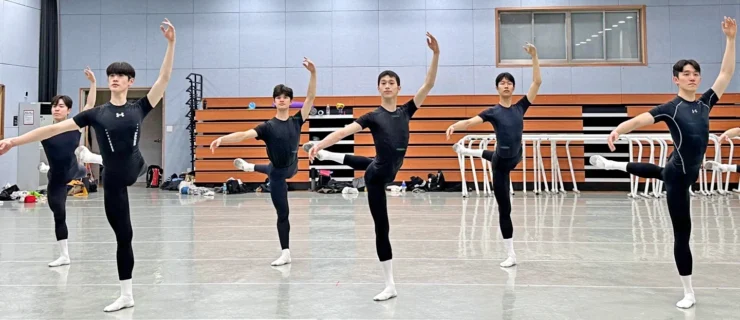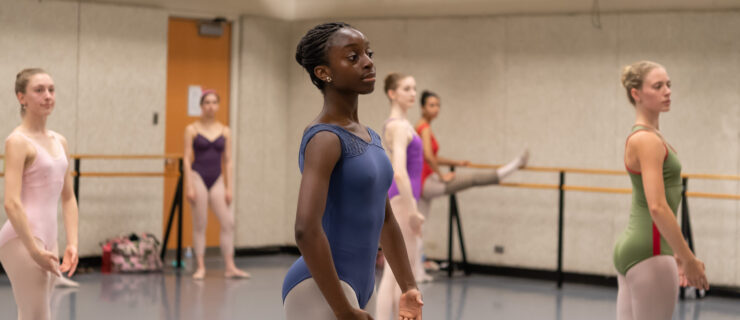Improve Your Extensions With These 3 Strengthening Exercises
Have you spent countless time and energy throughout your career stretching religiously in hopes of achieving stunning extensions? To get stronger, higher and more effortless legs in steps like développé or battement lent, you need more than just stretching. You need control, strength and better muscle engagement. A key element to achieving this is first understanding the difference between active and passive flexibility.
Active flexibility (sometimes referred to as “active mobility”) is when your muscles do the work themselves. Think about doing a slow développé in center—the muscles have to do it all on their own.
This isn’t the case with passive flexibility. A simple example of this would be propping your leg on a barre and bending forward to touch your toes. You are pulling your body into a position with help from your hands, the barre and maybe even a partner. This is passive motion, meaning the body part (your hip) didn’t have to do any of the work; it just went along for the ride.
A limitation with passive stretching is that our muscles aren’t learning or controlling anything. Plus, you may be pulling them too far. This could lead to small strains/injuries or actually make dancing right after stretching more uncomfortable because you are too loose. As the muscles relax and the joints become looser, it’s harder to produce power and engage those muscles.
Dance isn’t a passive activity—you need your muscles active and ready to work. So, what should you do?
Active-flexibility exercises! Strengthening your muscles through their full range of motion is the key to improved height in your extensions.
Below are three of the best exercises for the job. But first, you might want to test your passive and active flexibility. This way, you’ll really appreciate your improvements. Check out this video for a quick tutorial, or read below. You can even film these assessments for yourself and look back on them to see how far you’ve come.
- To test your active flexibility in extensions, stand perfectly straight and slowly lift your leg to the front or side without momentum or leaning from side to side. Pause at the top. This is your active flexibility, or active control of your extensions.
- Now, have a friend lift your leg up as high as it can go (or use your hand to do it), keeping your back straight and still. This height is your passive flexibility.
If there’s a big difference between the two, stretching will not improve your extensions. You need to gain control of your flexibility to see maximum improvements.
All the following exercises train your hip flexor, the most important muscle for extensions to the front or side. If these are new exercises for you, start slowly with just one exercise per day or even every other day.
If you feel any pinching, try to not pull so hard or not lift your knee as high.
Supine Band March
You’ll need:
A tight/heavy resistance loop to limit the total motion
Working in the middle of your range of motion can improve your activation of a muscle before getting higher into the end range.
- Lie on your back with a resistance loop (or a resistance band with the ends tied together) around your feet. Engage your core to keep your ribs from flaring up and your lower back flat.
- From here, gradually pull one knee up with your foot flexed, pulling against the loop. Pause, then slowly reverse the movement before completing on the other leg.
- Start with 5 on each leg with a 1-second hold. As it gets easier, work up to 10 on each leg with a 3-second hold.
Stability Ball Wall Compress
You’ll need:
A physio ball. (If you don’t have one, you can lie down under a sturdy barre or have a friend push against your leg.)
The bigger the ball or the closer you are to the wall, the easier this move is. The further you are from the wall, the higher the extension your leg has to control. Don’t rush into a position that’s too high—work closer to the wall and with lower legs until you are strong enough to progress further.
- Lie on your back with your head towards the wall. Position the ball above your head and directly in the center of your body and hold it in place with your right foot. You should feel your core and the front of your hip/thigh engaging.
- Lift the left leg up to hold the ball in place, then slowly lower your right leg to the ground. If you can’t get all the way to the ground, scoot closer to the wall or use a bigger ball.
- Start with your legs in parallel. As the exercise gets easier, add a bit of turnout.
- Do 5 on each leg, working up to 15 as you are able.
Extension Liftoffs
You’ll need:
A partner or any elevated surface, such as a barre, table or the back of a couch
This exercise works the very top of your range of motion and can be done to both the front and the side.
- Holding on to a barre or wall for balance, do a slow active extension, such as a développé devant or à la seconde, to your highest controlled position. Then have your partner take your heel, holding it about an inch lower than your maximum height.
- Keeping the rest of your body still, slowly lift your foot off your partner’s hand (or the surface). Hold for 3 to 4 seconds, then lower back down into the hand and rest 4 to 5 seconds.
- If you could lift your leg more than 2 inches, have your partner raise their hand an inch, or find a slightly higher surface. The goal is to work the muscles at the very top of your range.
- You may feel some cramping as those muscles struggle to work. Take a break if needed. As you practice, the legs will get stronger and lift higher.
- Start with 4 lifts per leg, 2 to 3 times a week. Build up to 6 to 8 lifts per leg as it becomes easier.





